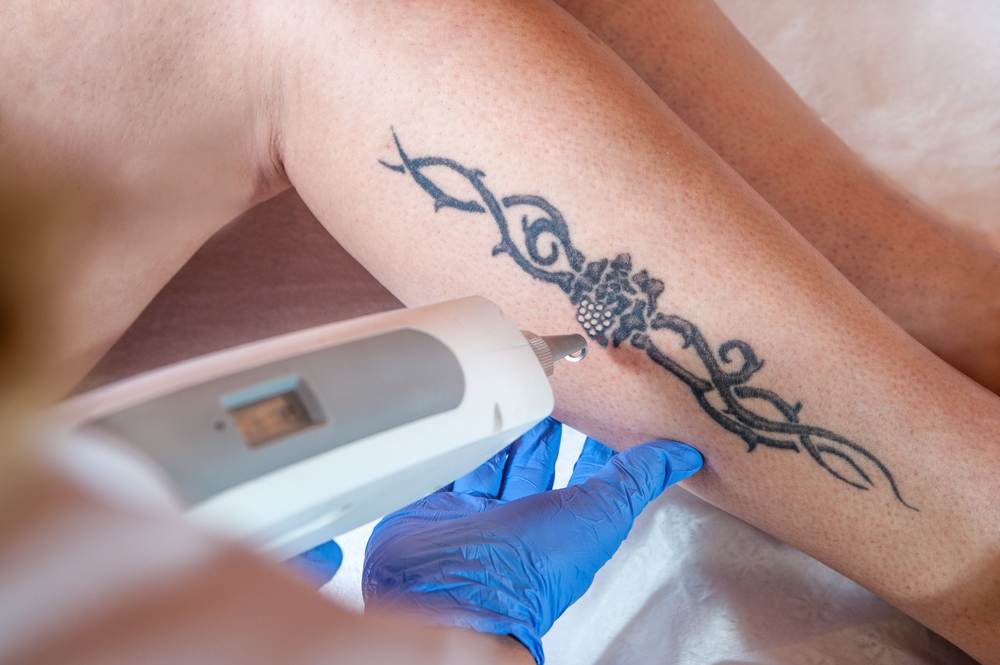Understanding How Lasers Remove Tattoos

Tattoos have grown in popularity over the years, and while they are designed to stay on the skin for a lifetime, the number of people who want to change, or completely erase their tattoos is on the rise. When this is the case, laser removal is the best option out there, but this is actually quite a complex process, making it important to first make sure that you thoroughly understand exactly how to remove a tattoo using lasers.
The Laser Removal Process
Tattoo removal lasers work at an incredible speed and heat, injecting the skin with intense bursts of light that penetrate through its layers. This breaks up all the ink particles that make up a tattoo, and, over time, the body’s white blood cells will then absorb these tiny chunks of pigment, before transporting them to the liver where they can be removed from the body. Black tattoo ink is the easiest to remove, as black is able to absorb all of the different wavelengths of the laser, whereas other colors can only be removed using specific laser wavelengths. Due to the way in which the laser selectively targets tattoo pigment, the skin that lies around the tattoo remains safe and free from damage.
Number of Treatments Needed
Laser tattoo removal always requires multiple sessions, but the exact number of these needed depends on a variety of factors, from the color of your tattoo to its size to its age to how deep the pigment lies within your skin. Since the body needs time to remove the broken up ink particles in between sessions, laser removal sessions are usually scheduled around three weeks apart, to give the immune system enough time to do its job.
Pain Level
The laser removal process is by no means pain-free, and although the level of pain that you will experience depends on the size of the tattoo, as well as its color and age, it is most likely that the process will still be relatively uncomfortable. The intense heat that is produced by the laser has been likened by many to the feeling of hot grease splashing onto the skin straight from a frying pan, while others describe the pain as more of a tingling, or light burning, sensation.
Risks and Side Effects
Thanks to the constant evolution of technology, the lasers used for tattoo removal are safer than they ever have been, but this does not mean that you are completely free from the risks of side effects. Infection is the most common risk, but this can be avoided by keeping the area clean, covered and dry, similar to what you would have done after your tattoo was first applied. Scarring is another side effect, as the skin pigment of the tattoo site can often change, and those that have certain medical conditions, such as diabetes or an auto immune disease, may experience an increased risk of this.
When it comes to erasing tattoos, laser removal is the most effective, and safest, procedure out there, but there are still many factors that you need to take into consideration when deciding if this is the right step for you. If this is a procedure that you are considering, be sure to have an in depth discussion beforehand with your laser removal technician, so that you can be fully aware of the way in which they carry out the procedure, as well as any other risks that you may face.

